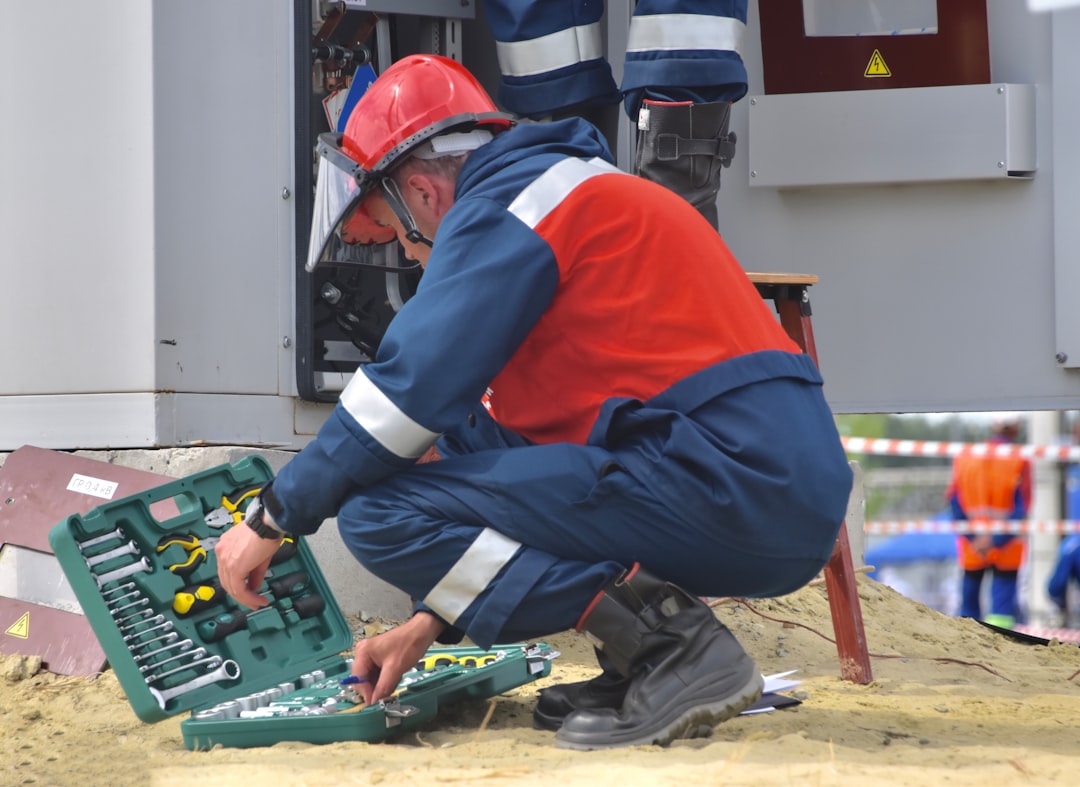
Possessing a pool is a dream for many, supplying a refreshing retreat throughout the warm summertime. Nonetheless, preserving a clean and risk-free pool can be a daunting job. This is where expert pool cleaning company enter into play. With their competence, they help make sure that your swimming pool remains a gorgeous and welcoming retreat, free from debris and unsafe bacteria.
A reputable pool cleaning company offers routine maintenance, that includes skimming the surface area for leaves and debris, vacuuming the pool flooring, and cleaning the walls to prevent algae buildup. Regular maintenance not just boosts the aesthetics of your swimming pool but additionally prolongs its life and minimizes fixing expenses. Furthermore, qualified experts make use of the right chemicals and methods to maintain the water well balanced, making certain a risk-free swimming environment for you and your household.
Among the considerable benefits of working with a swimming pool cleaning company is the moment and initiative it conserves you. Pool maintenance can be taxing, especially for hectic people and families. By outsourcing this job, you can spend even more time enjoying your pool as opposed to cleansing it. Furthermore, expert services usually have accessibility to sophisticated tools and tools that can clean much more reliable and complete, causing a higher requirement of tidiness.
Many swimming pool cleaning firms use versatile service plans customized to your details needs. Whether you call for regular weekly cleansings or a single deep tidy, they can customize their services accordingly. This adaptability allows you to choose a plan that fits your routine and budget, making pool upkeep available and convenient. With expert aid, you can appreciate all the advantages of your swimming pool without the stress of its maintenance.
In conclusion, investing in expert pool cleaning company is an exceptional decision for any type of swimming pool owner. Not just do these solutions enhance your swimming pool’s look and safety, but they likewise give satisfaction understanding that professionals are taking care of the upkeep. Whether you’re planning for a summertime party or simply wish to enjoy your swimming pool without the trouble, enlisting the assistance of experts will certainly guarantee that your oasis continues to be in beautiful problem all season long.